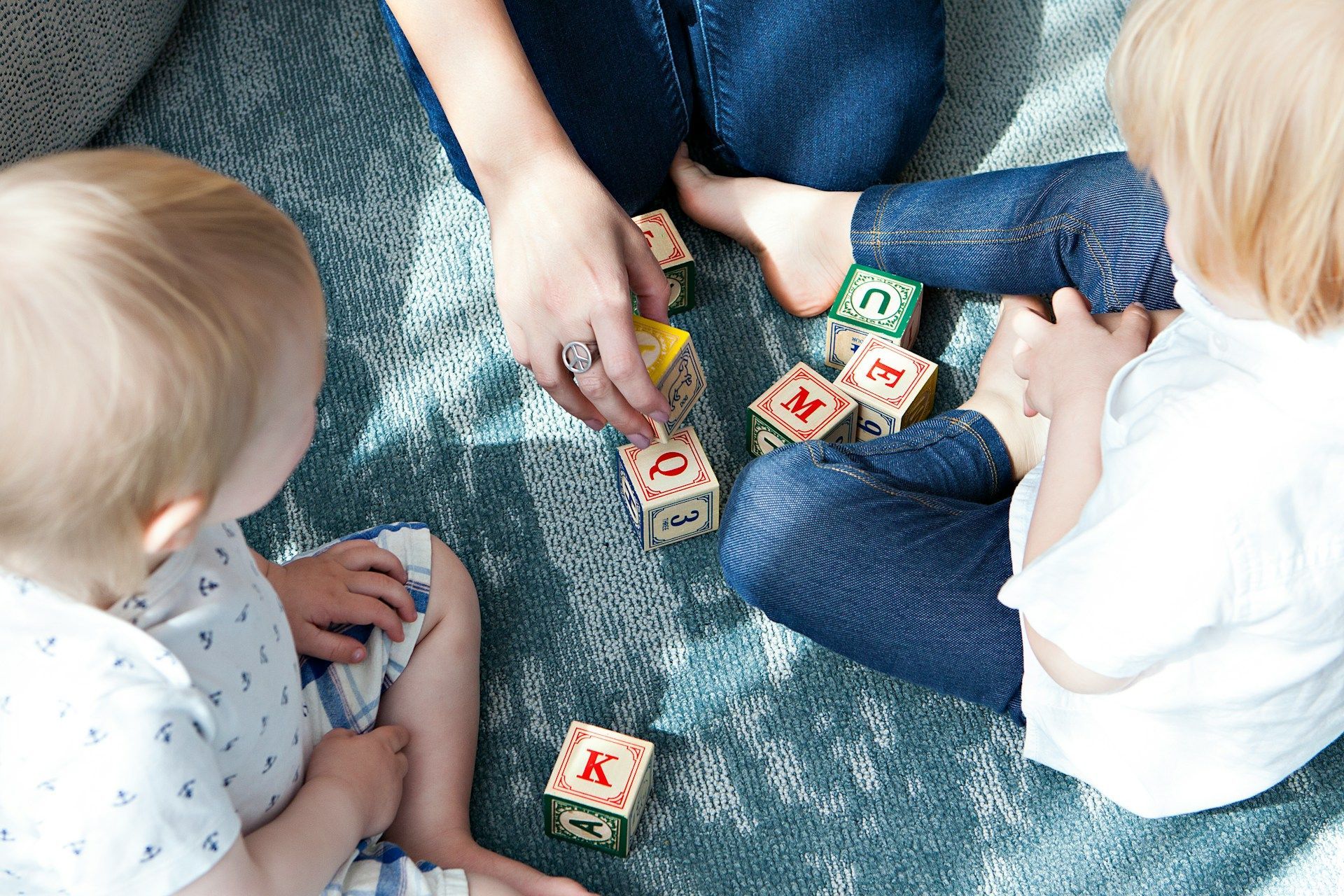Bareiter Counseling Therapists for families and children share helpful insights into complex family dynamics after divorce, separation, or remarriage.
How can parents help their families?

Are you single, divorced, separated, or widowed with children? Considering marriage or dating comes with many challenges. A stepfamily consists of biological and non-biological members. The family can be dating, living together, or married and have different levels of shared family time.
There are many different types of stepfamily scenarios that are complex. First, it is essential to understand that a stepfamily does not follow the blueprint of a nuclear family (biological family). In a stepfamily or blended family, it begins with the children, who dramatically impact the new relationship/marriage. Biological families have their relationship to fall back on when difficulties arise, which predates the children. In a stepfamily/blended family, the child-parent relationships predate the couple’s relationship, which can cause various parenting issues between biological parents and step-parents. Therefore, it is tough to strengthen the relationship or marriage when parenting issues constantly push marital/relationship closeness (Ron Deal, The Smart Stepfamily, 2002).
Additionally, the strain between different family systems with biological vs. non-biological parents can even contribute to parents pushing biological children away for the sake of the new relationship/family. This feeling of insiders (birth family) vs. outsiders (step family) can lead to anger, resentment, rejection, and guilt which can drain energy from people’s emotional tanks. Deal states, “while losses too numerous to count (especially for the children) make for cautious emotional investments” with many of the family members (biological and non-biological). (Deal, The Smart Stepfamily, 2002).
How can parents help their families?
Displaying qualities like “effective communication, the ability to resolve conflict well, a relationship style that is flexible and adaptable, enjoying leisure activities together” is a start (Deal, The Smart Stepfamily, 2002, p. 30-31). How well partners care for each other and handle their former partner impacts the relational development of the children. Critical Stepping-Stones in navigating these family changes display integrity, gentleness, listening, understanding, perseverance, commitment, patience, flexibility, and humor (Deal, 2022).
Going deeper: Therapy for understanding strong mixed emotions and complex family dynamics after separation.
It is important to note that many children initially do not welcome their parents’ new relationship or marriage and even fight efforts that family members make to join the family (Deal,
The Smart Stepfamily,
2002). It is essential to understand that this is
normal for children to have these emotions. They had no choice in separation, moving, divorce, or remarriage. (Deal, 2002). It is also normal for children to be angry with one or both parents due to a divorce or separation. Additionally, remember that building a bond with a teenager is ‘slow going’ because they gradually move away from the family towards more independence (Deal, 2002).
Separation and divorce are painful and challenging to navigate alone or without support. Therapy for parents, step-parents, and children is a way to explore and process complex family dynamics. For example, a therapist can help the family increase understanding and empathy for one another and strengthen relationships. In addition, author Ron Deal educates stepfamilies about complex family dynamics and provides tools to navigate the healing process.
Visit www.bareitercc.com to learn more, or call 704-334-0524 to make an appointment today.



